The Future of Branding: Will AI Replace Designers?
Where do you think the battle between AI vs designers is headed? Let’s check out the top AI design trends and more below.
Where do you think the battle between AI vs designers is headed? Let’s check out the top AI design trends and more below.
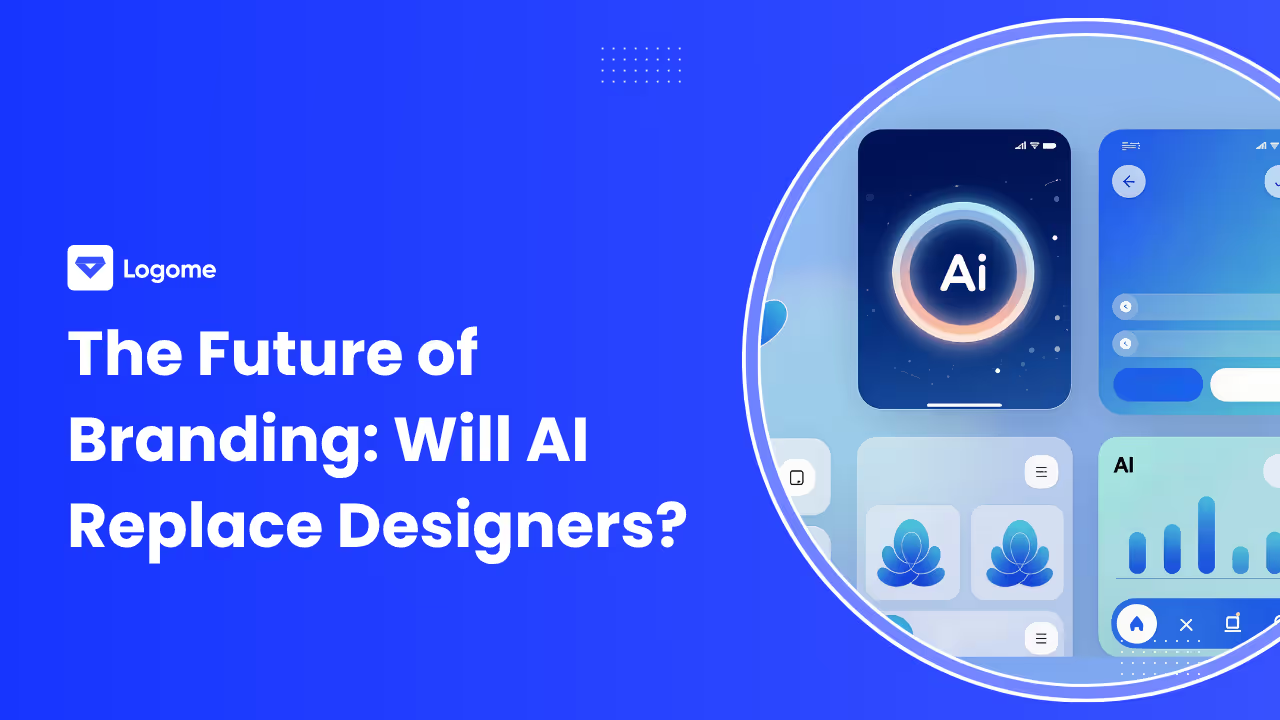
The design industry is at a crossroads. AI tools are generating logos in seconds, creating entire brand identities without human input, and automating tasks that once required years of design expertise. This raises the billion-dollar question: will AI replace designers? The short answer is no, but the nuanced reality is far more interesting.
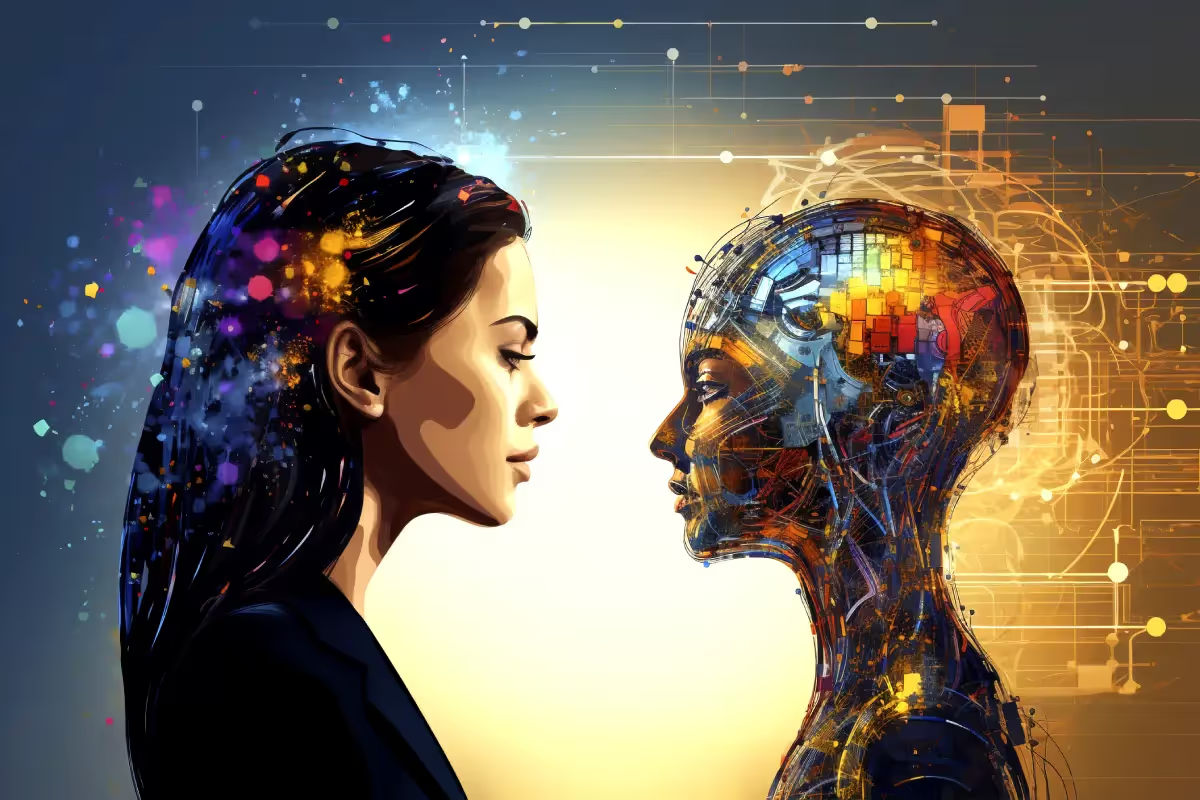
AI vs designer branding debates miss the point entirely—the future isn't about replacement, but collaboration. Understanding AI design trends helps you prepare for what's coming next.
AI has moved beyond experimental novelty into practical design applications. Designers now use AI daily, not as replacements but as powerful assistants that handle specific tasks while humans retain creative control and strategic direction.
AI excels at tedious work humans hate doing. Resizing assets for multiple platforms, removing backgrounds from thousands of product photos, and generating color palette variations all happen in seconds instead of hours. Tools analyze your existing brand assets and automatically adjust them for different social media formats, email templates, and marketing materials.
This automation frees designers from mechanical work. Instead of spending three hours resizing one campaign across 15 platforms, you spend 30 minutes reviewing AI outputs and adjusting edge cases. The mental energy saved goes toward strategic thinking, concept development, and creative problem-solving that actually moves projects forward.
AI serves as a brainstorming partner that never runs out of ideas. When you're stuck on color schemes, AI suggests combinations based on psychology, cultural meanings, and current trends. Need logo variations? AI generates hundreds of options using your specified style parameters, giving you starting points to refine rather than blank canvases to fill.
The assistant role works because AI doesn't replace human judgment. It presents options, you select what works, then iterate collaboratively. This back-and-forth speeds up early-stage exploration when you need quantity before narrowing to quality. AI handles the volume while you provide the vision.
AI analyzes user data to create personalized design experiences at scale. E-commerce sites generate custom product recommendations with unique visual treatments for each user. Email campaigns adjust layouts and imagery based on recipient preferences and past interactions.
Real-time collaboration gets enhanced through AI that provides instant feedback on designs. Upload a logo, and AI evaluates it against design principles, suggests improvements, and flags potential issues with scalability or color accessibility. This immediate input helps junior designers learn faster and keeps experienced designers from missing obvious problems.
AI democratizes design by lowering entry barriers. Small businesses without design budgets can create professional-looking brand identities through AI tools. Entrepreneurs launch businesses with logos, websites, and marketing materials generated in hours instead of waiting weeks for designer availability.
This accessibility doesn't threaten professional designers—it creates new market tiers. AI serves customers who couldn't afford design services anyway, while designers focus on clients needing strategic direction, brand strategy, and complex creative solutions AI can't provide.
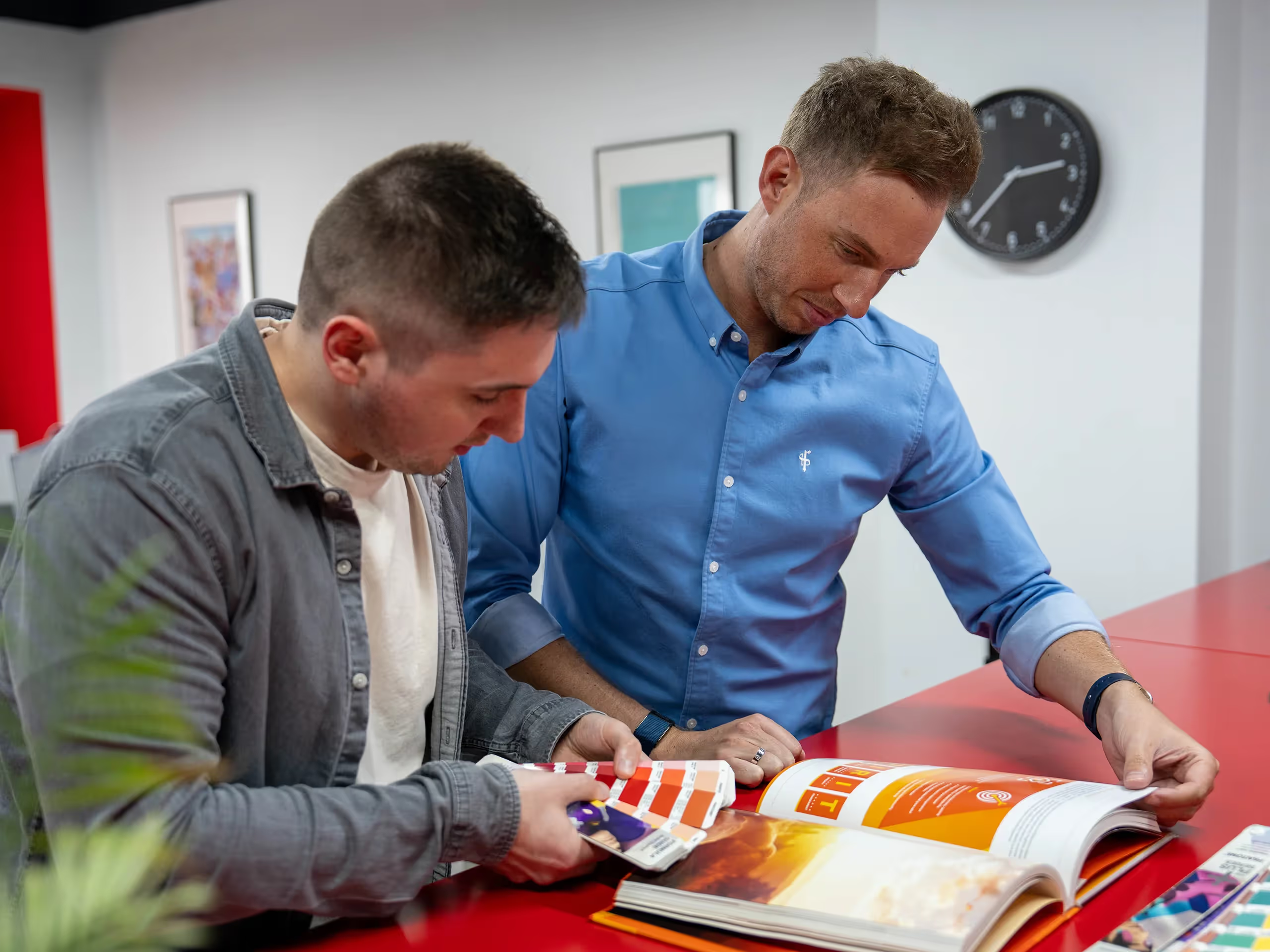
Creativity involves more than pattern recognition and recombination. AI operates within constraints of its training data, producing outputs based on what already exists. True creativity requires intuition, cultural understanding, and emotional intelligence that current AI lacks.
AI design trends show tools getting better at mimicking styles, but mimicry isn't innovation. AI trained on minimalist logos produces minimalist variations. It can't invent entirely new aesthetic movements because it lacks the cultural context and human experience driving design evolution.
When designers create groundbreaking work, they draw from life experiences, cultural shifts, and emotional responses to the world around them. They break rules intentionally, knowing which conventions to respect and which to challenge. AI follows patterns; humans create them.
Great design communicates meaning beyond aesthetics. A logo isn't just shapes and colors—it embodies brand values, connects with specific audiences, and tells stories. AI can't understand these deeper layers because it doesn't experience human emotions, cultural nuances, or social contexts shaping design effectiveness.
Designers choose specific visual elements because they understand psychological triggers, cultural associations, and audience expectations. AI recommends options based on data patterns without grasping why certain choices resonate emotionally with target demographics.
The AI vs designer branding conversation misframes the relationship as adversarial when it's actually complementary. Historical technology shifts offer instructive parallels for understanding what's actually happening.
Photographers didn't disappear when digital cameras replaced film. Graphic designers survived the desktop publishing revolution. Web designers adapted when website builders democratized basic site creation. Each technology shift eliminated low-skill tasks while creating demand for strategic expertise.
AI follows this pattern. Basic design work gets commoditized while demand grows for designers who understand brand strategy, user psychology, and creative direction. The profession evolves rather than disappears, just as it has with every previous technological advance.
Current AI design trends show tools excelling at execution but failing at strategy. AI generates logo options but can't determine which aligns with business goals. It produces color palettes without understanding target market psychology. It creates layouts without grasping user experience implications.
Designers provide the strategic thinking AI lacks. They define project goals, understand client needs, make judgment calls about appropriateness, and synthesize complex requirements into coherent solutions. These high-level skills remain firmly in human territory.
The most successful designers in 2025 will master AI tools while maintaining creative authority. They'll use AI for rapid prototyping, exhaustive variation generation, and technical execution while reserving strategic decisions, creative direction, and client relationships for themselves.
This hybrid role requires new skills. Designers must learn prompt engineering, AI tool capabilities, and how to evaluate AI outputs critically. They become creative directors managing AI assistants rather than individual contributors doing every task manually.
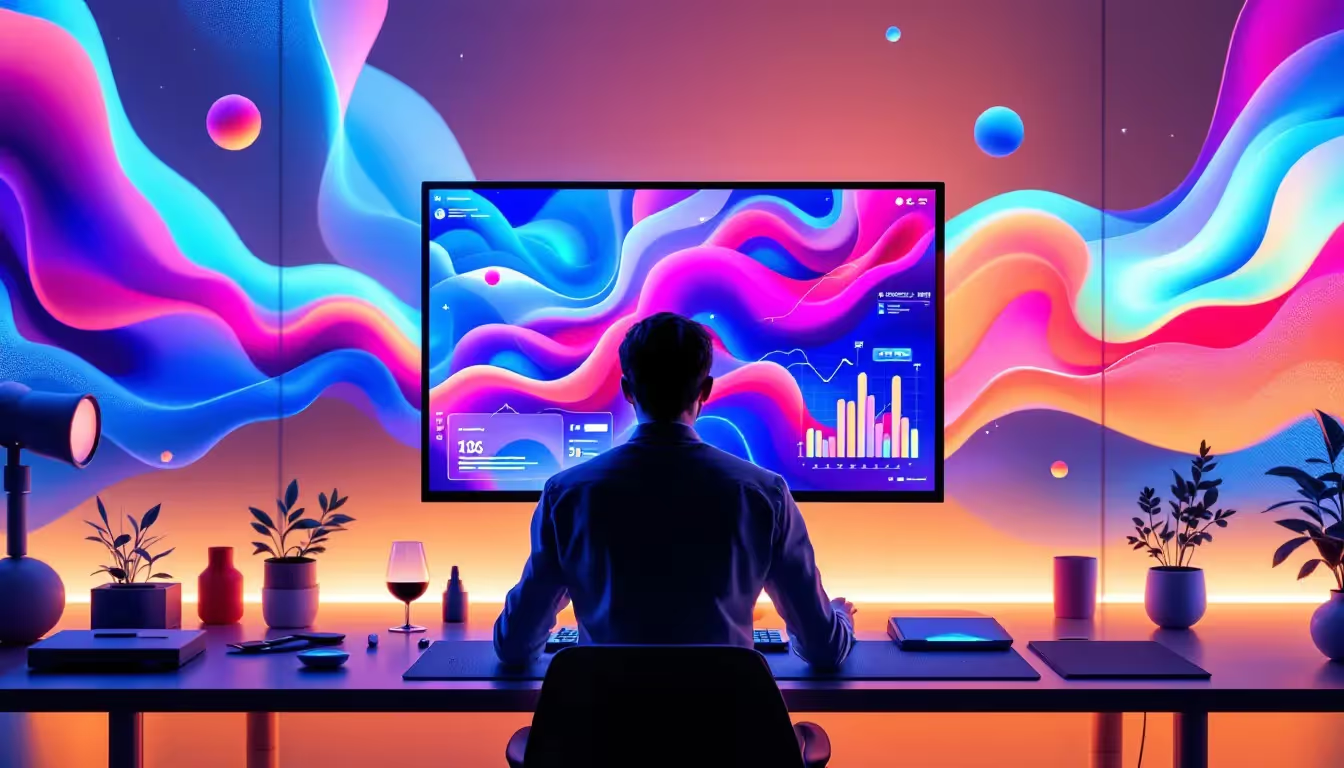
Understanding current AI design trends helps you anticipate what's coming and adapt your skills accordingly. These trends show where AI excels and where human creativity remains essential.
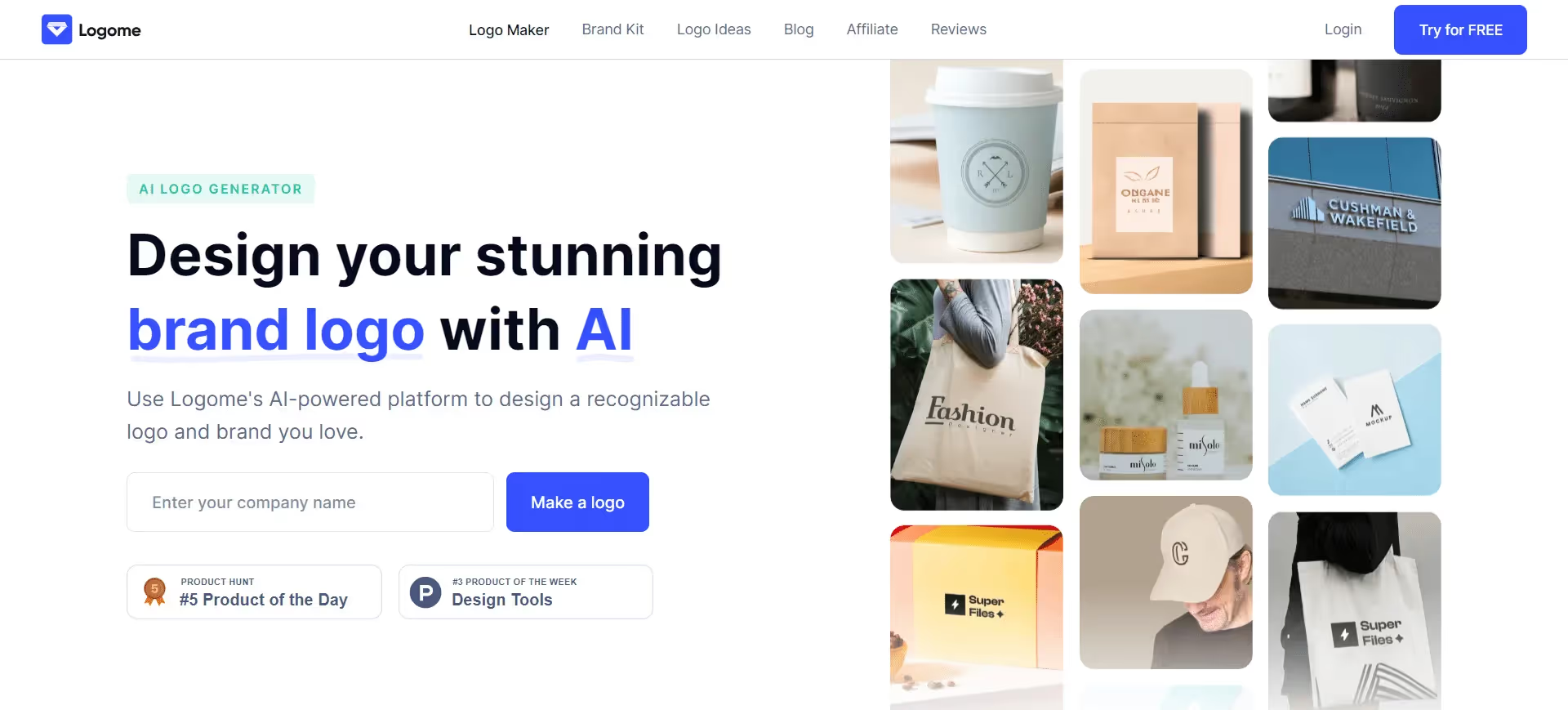
AI now generates complete brand identity packages including logos, color palettes, typography selections, and usage guidelines. Tools analyze industry trends, competitor brands, and target demographics to suggest cohesive visual systems in minutes.
But these AI-generated systems lack the strategic depth professional brand designers provide. They work for low-budget projects needing basic identities but fall short for brands requiring differentiation, emotional connection, and long-term market positioning.
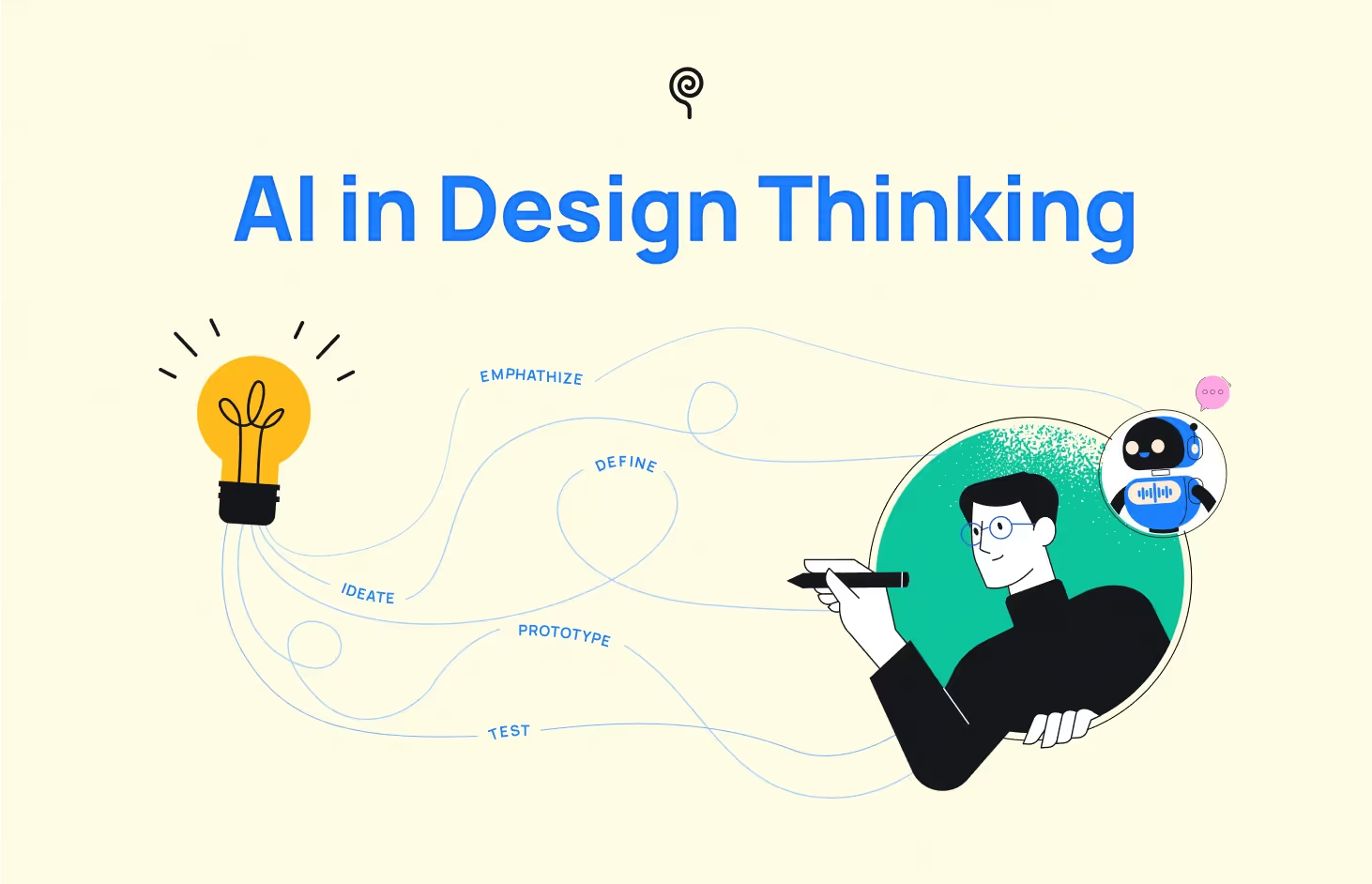
AI excels at producing vast quantities of design variations for testing. Enter design parameters, and AI generates hundreds of options exploring different visual directions. This rapid prototyping accelerates early-stage exploration, letting teams evaluate more concepts faster.
Designers use this capability to move beyond initial assumptions, discovering unexpected directions they might not have considered manually. The human role shifts toward curation and refinement, selecting promising concepts for development rather than creating every option from scratch.
E-commerce and digital products use AI to create unique visual experiences for individual users. Email layouts adjust based on recipient preferences, product recommendations display with personalized imagery, and website interfaces adapt to user behavior patterns.
This mass personalization was impossible before AI. Designers create systems and rules; AI implements them across millions of individual instances. The scale makes personalization viable where manual customization wasn't economically feasible.
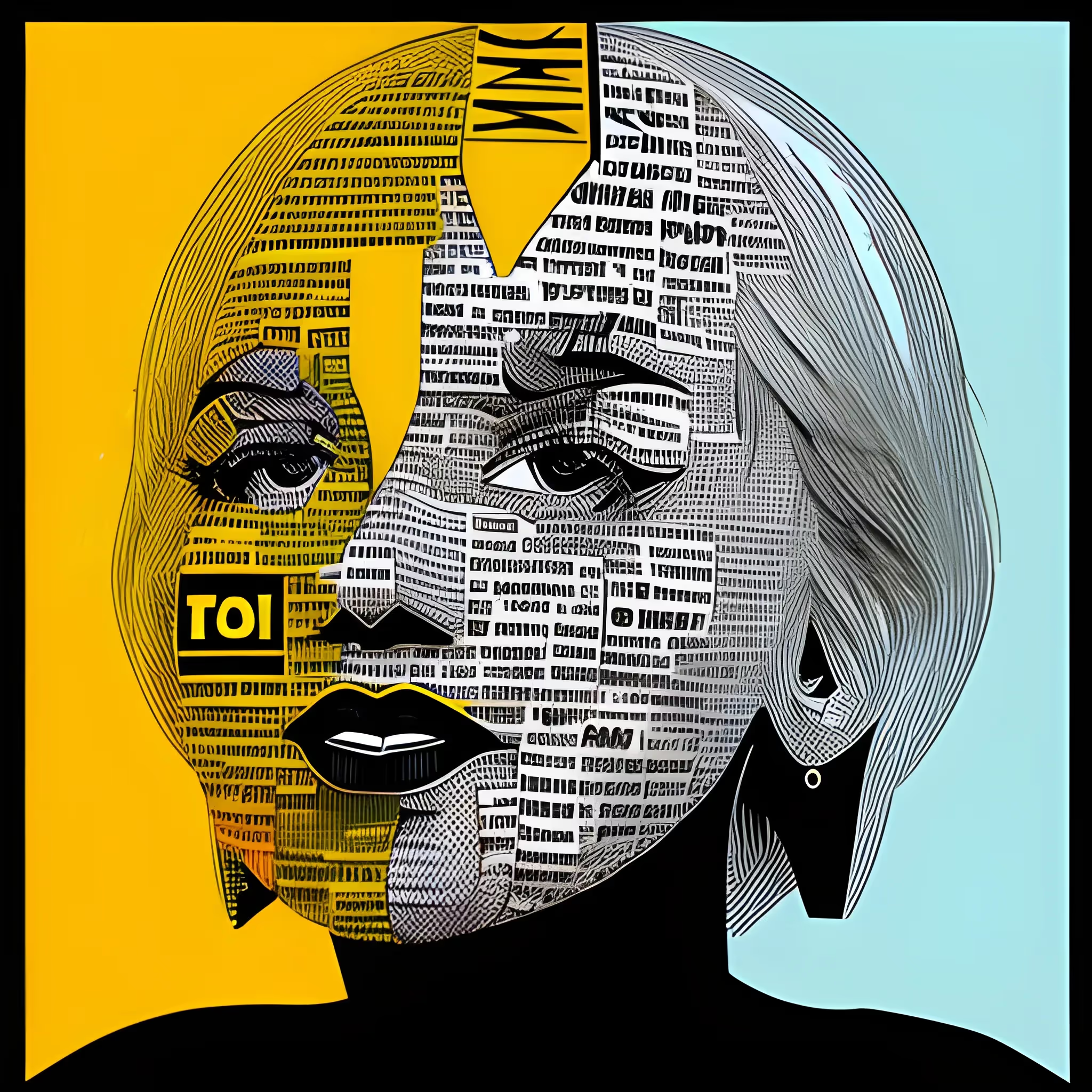
Typography and layout optimization get enhanced through AI analyzing readability, hierarchy, and visual balance. Tools suggest spacing adjustments, font pairings, and compositional improvements based on design principles and user behavior data.
These AI assistants help designers make better technical decisions faster. Instead of manually testing dozens of layout variations, AI identifies the most promising options for human review and refinement.
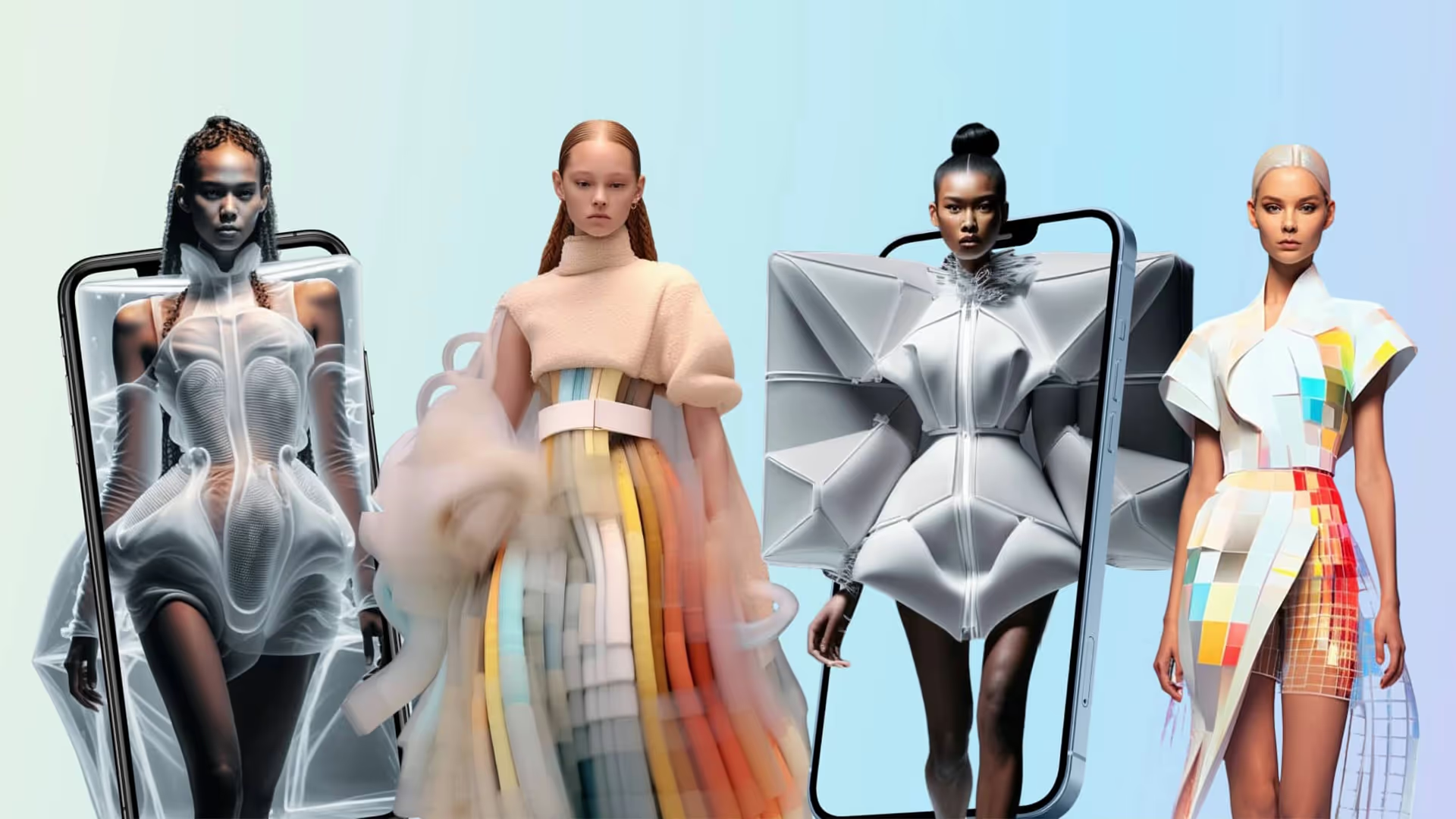
AI analyzes design trends across industries, predicting which visual styles will gain popularity. This data-driven forecasting helps designers stay ahead of aesthetic shifts, informing their creative directions before trends become mainstream.
However, trend prediction differs from trendsetting. AI identifies patterns in existing data; human designers create the innovative work that becomes tomorrow's trends. Predictive analysis informs strategy but doesn't replace creative vision.
AI organizes design assets, generates variations for different platforms, and maintains version control automatically. Brand systems stay consistent across applications while adapting to specific format requirements without manual intervention.
This organizational capability saves enormous time in production and maintenance phases. Designers spend less time on file management and more time on creative work requiring human judgment.
AI adoption raises important ethical questions designers must address as tools become more prevalent and powerful. Responsible AI use requires considering these issues carefully.
Copyright and ownership questions arise when AI generates designs based on training data potentially including copyrighted work. If AI creates a logo similar to existing trademarks, who's responsible? Designers using AI must verify originality and ensure outputs don't infringe existing intellectual property.
Environmental impacts deserve consideration too. AI training and operation consume significant energy. As designers increasingly rely on AI tools, understanding and minimizing environmental costs becomes part of professional responsibility.
Job displacement concerns affect entry-level positions most severely. If AI handles basic design tasks, fewer junior positions exist for new designers to gain experience. The industry must develop new pathways for skill development and career entry as AI reshapes traditional advancement routes.
Despite impressive capabilities, AI has clear limitations that ensure continued demand for human designers. Understanding these gaps shows why AI vs designer branding isn't a zero-sum competition:
Looking ahead, AI capabilities will continue expanding while human designers evolve to fill roles AI can't replicate. The future brings collaboration rather than replacement. AI will handle increasingly complex technical tasks, automating more production work and expanding into strategic suggestions. Tools will better understand context, produce more sophisticated outputs, and integrate more seamlessly into design workflows.
But as AI capabilities grow, human roles become more important, not less. Designers will focus on high-level creative direction, strategic thinking, client relationships, and the emotional and cultural aspects of design that require human understanding. The profession evolves upward into areas requiring uniquely human capabilities.
Education and skill development must adapt to this reality. Design programs need to teach AI literacy alongside traditional skills, preparing students to work effectively with AI tools while developing the strategic and interpersonal skills AI can't replicate.
The designer role is transforming from individual contributor to creative strategist and AI director. This shift requires new skills and mindsets but creates opportunities for designers to have greater impact.
Successful designers will become proficient prompt engineers, learning how to extract desired outputs from AI tools through precise instructions. This skill parallels how designers learned to communicate effectively with developers and production teams—clear specification of requirements and goals.
Strategic thinking becomes more valuable as tactical execution gets automated. Designers must develop business acumen, understanding how design decisions affect marketing, sales, and customer experience. The ability to connect creative work to business outcomes differentiates valuable designers from those AI can replace.
Portfolio emphasis shifts from showcasing technical execution to demonstrating strategic thinking. Instead of displaying perfect pixel work, designers show how they solved business problems, developed brand strategies, and created cohesive systems. The thinking behind work matters more than the execution quality AI can now match.
AI won't replace designers, but designers who use AI will replace those who don't. This distinction matters because it reframes the question from technology versus humans to skilled professionals versus those refusing to adapt.
The AI vs designer branding debate misses this nuance. AI tools become part of the modern designer's toolkit, just like Adobe Creative Suite replaced traditional media. Designers who master these tools gain competitive advantages in speed, output volume, and exploration capabilities.
However, core design skills remain essential. Understanding composition, color theory, typography, and user psychology doesn't become obsolete—these fundamentals inform how designers use AI effectively. Tools change, but principles endure. The best outcomes combine AI efficiency with human creativity, strategic thinking, and emotional intelligence that machines can't replicate.
AI democratizes basic design while professionalizing advanced work. As simple tasks become automated, demand grows for designers who solve complex problems, develop innovative concepts, and provide the strategic direction AI lacks. The profession elevates rather than disappears, creating opportunities for those who adapt and specialize in high-value work AI can't perform.
The future of branding belongs to human designers who view AI as a powerful assistant rather than a threat. By embracing AI design trends while maintaining irreplaceable human skills, designers position themselves for success in an industry being reshaped but not eliminated by artificial intelligence. Those who adapt thrive; those who resist get left behind.
AI excels at automating repetitive tasks like asset resizing, background removal, and generating design variations. It processes vast datasets quickly to identify trends, optimize layouts for readability, and create personalized content at scale. AI also handles routine production work efficiently, freeing designers for strategic creative thinking that requires human judgment and emotional intelligence.
Professional AI design tools range from $20-$200 monthly for subscriptions, with some offering free tiers for basic features. Enterprise solutions cost $500-$2000 monthly for teams needing advanced capabilities and higher usage limits. Many tools use credit systems where costs vary based on generation volume and complexity of outputs requested.
Current AI lacks consciousness, emotions, and cultural understanding required for genuine creativity. It recombines existing patterns without understanding deeper meaning or context. While AI capabilities expand, creating truly innovative designs requires human experiences, intuition, and rule-breaking that AI can't replicate. The timeline for AI developing consciousness remains theoretical, not practical.
Master prompt engineering to direct AI tools effectively. Develop strategic thinking connecting design to business goals. Build strong client relationship and communication skills. Learn data analysis interpreting performance metrics. Cultivate cultural awareness and empathy AI can't replicate. Focus on high-level creative direction rather than just execution.
AI produces technically competent designs suitable for low-budget projects but typically lacks the strategic depth, emotional resonance, and cultural nuance of professional human work. For basic needs like simple logos or social media templates, AI quality suffices. Complex branding requiring market differentiation and emotional connection still demands human expertise.
Small businesses can use AI for basic visual identities when budgets are extremely limited. However, AI-generated branding often lacks strategic positioning, competitive differentiation, and emotional connection driving customer loyalty. Successful brands typically combine AI tools with human strategic input, even if limited, to create memorable identities that stand out.

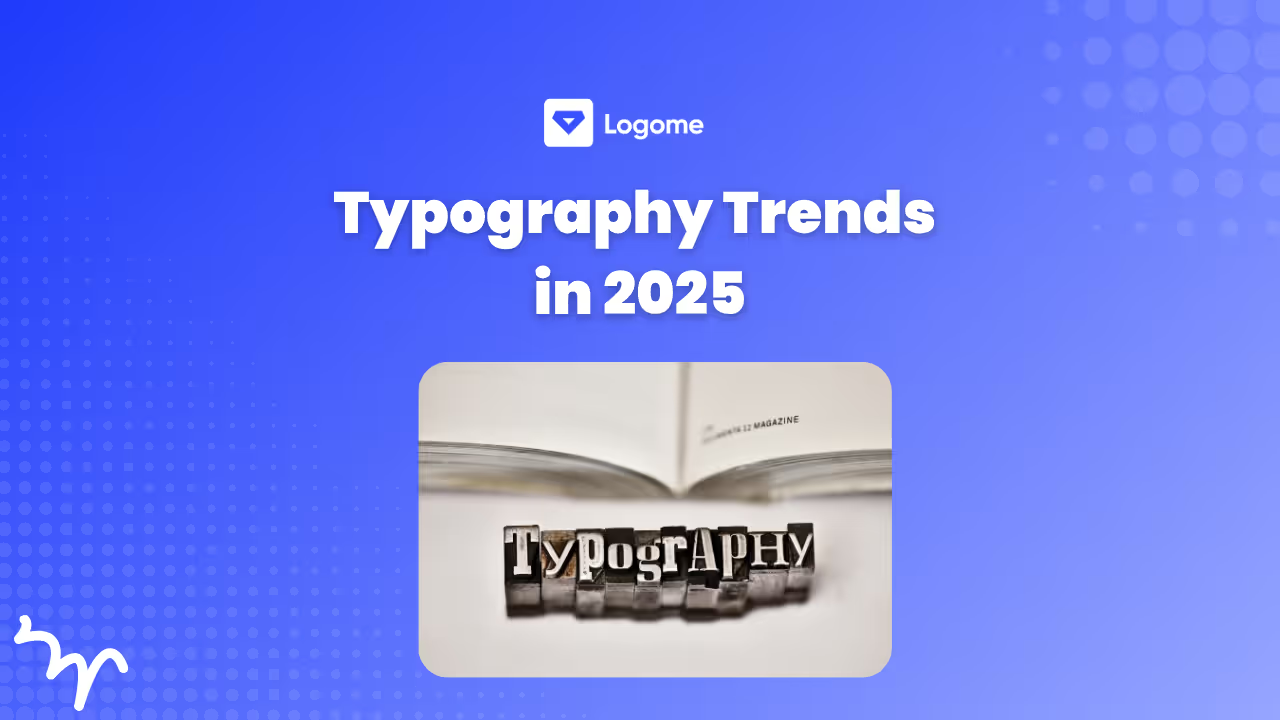
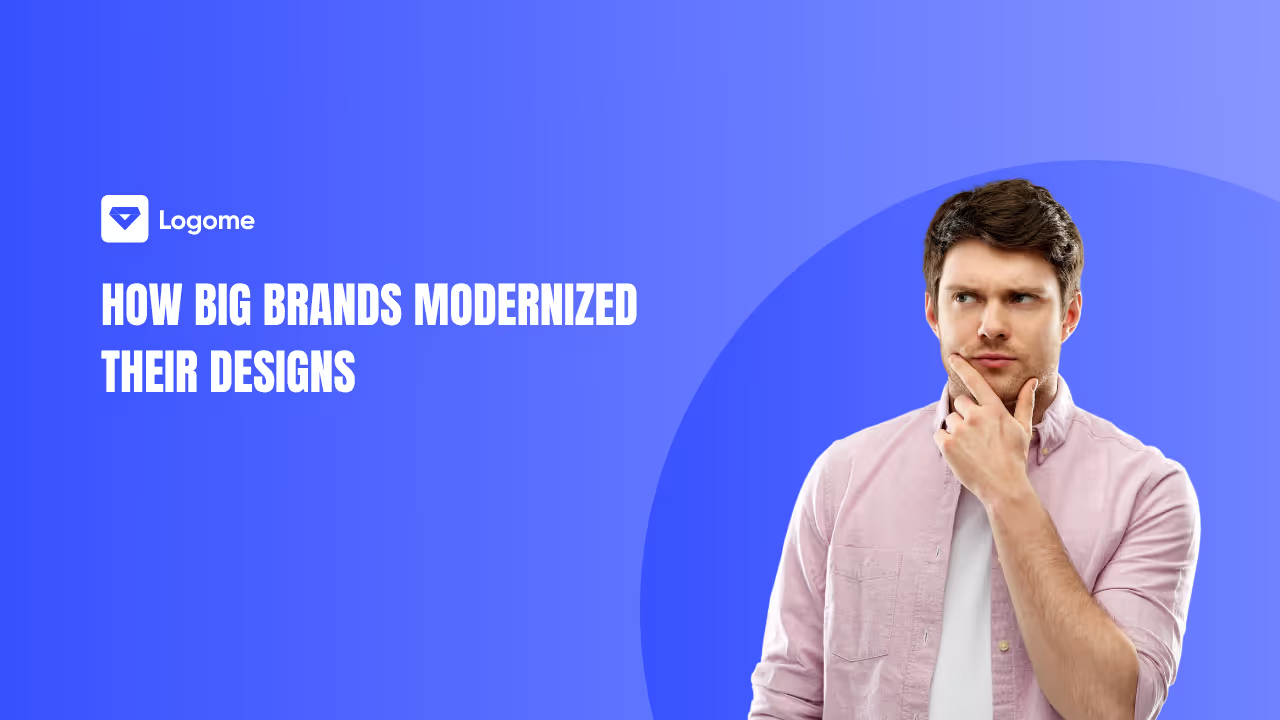
Discover how 500,000+ businesses and creators are using our AI logo maker in their Logo creation.



